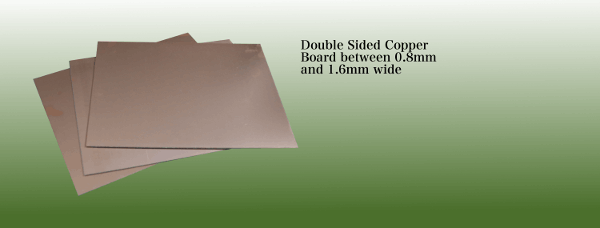



The Generic Standard on Printed Board Design, commonly referred to as IPC-2221, is a widely recognized standard published by the Association Connecting Electronics Industries (IPC). It provides guidelines and specifications for printed circuit board (PCB) design, including requirements for conductor spacing, trace width, and other design parameters. IPC-2221 does not provide specific values for minimum conductor spacing but rather offers guidelines for designers to determine appropriate clearances based on various conditions. Here's an overview of how IPC-2221 addresses conductor spacing under different conditions:
Internal vs. External Conditions:
IPC-2221 distinguishes between conductors on the inner layers of a PCB (internal) and those on the outer layers (external). Typically, external conductors may require larger clearances due to environmental factors such as moisture and contamination.
Coated vs. Uncoated Conditions:
The presence of conformal coatings or solder masks on a PCB can affect the required spacing between conductors. Coatings can improve insulation and reduce the risk of short circuits, allowing for reduced clearances in some cases.
High vs. Low Altitude:
IPC-2221 recognizes that the altitude at which a PCB will operate can impact the design. At higher altitudes, there may be reduced air pressure, which affects electrical breakdown properties. Consequently, PCB designs for high-altitude conditions may require larger clearances to prevent arcing or corona discharge.
Traces vs. Component Leads:
The standard acknowledges that different conductive elements on a PCB, such as traces (wires) and component leads (pins), may require different minimum clearances based on their electrical characteristics and operating conditions. For instance, traces carrying high-voltage signals may need larger spacing to prevent arcing.
IPC-2221 provides design guidelines that take these factors into consideration, allowing designers to make informed decisions about conductor spacing based on their specific application and environmental conditions. Designers typically refer to the IPC-2221 standard to ensure that their PCB layouts meet industry-accepted practices for safety, reliability, and performance.
It's important to note that the specific values for minimum conductor spacing are not provided in IPC-2221 because they can vary significantly based on factors like voltage, contamination levels, material properties, and specific application requirements. Designers should consider these guidelines and may consult additional resources or conduct electrical simulations to determine the exact clearances needed for their PCB designs to meet safety and reliability standards. Additionally, specific industries or applications may have their own unique requirements that need to be considered during the design process.